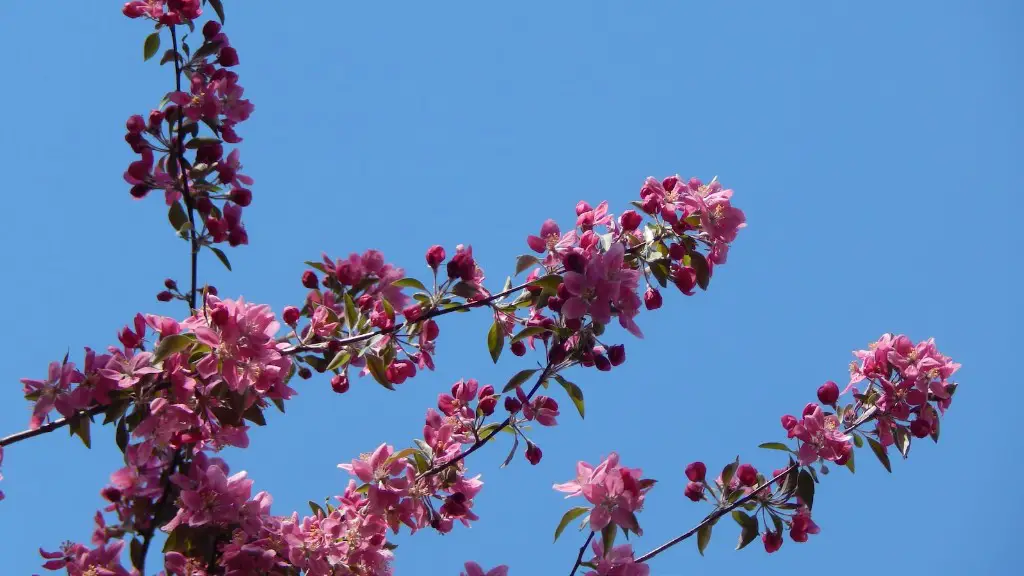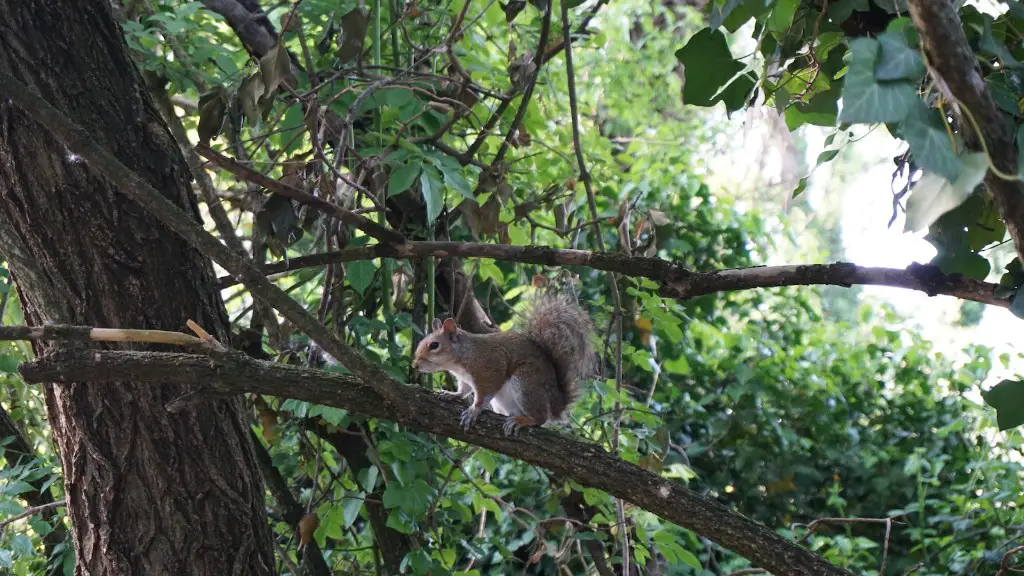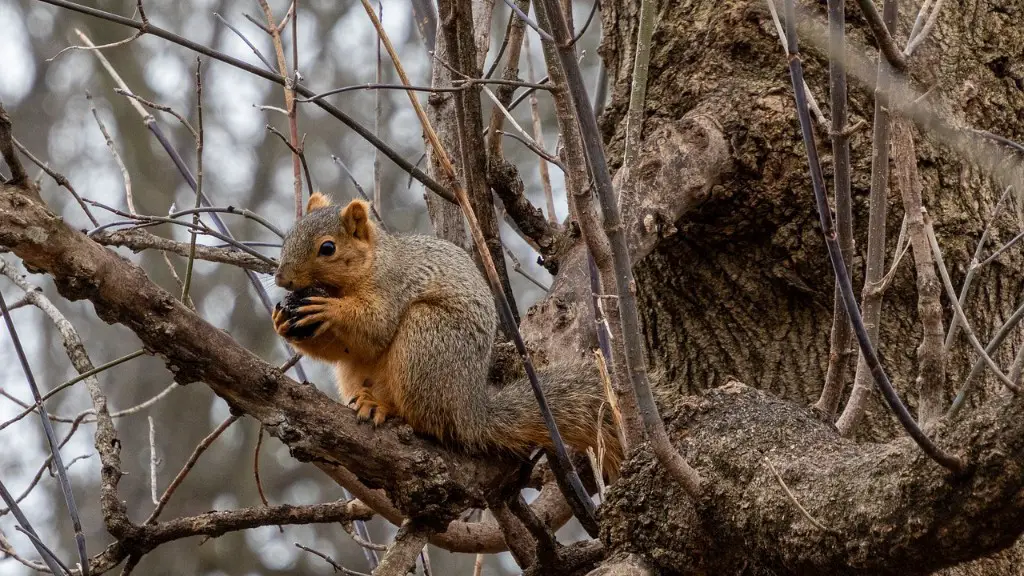It is devastating to find your prized weeping cherry tree suddenly wilting or barren of blossoms, but not all is lost. In this article, we explore the possible causes of an ailing weeping cherry tree and recommend steps to nurses it back to health.
Water stress is the most common issue afflicting trees. While dormant in the winter months, most trees require no supplemental water. But, come spring and summer, if there is inadequate rainfall or too much heat, a tree will begin to exhibit signs of stress, such as wilting and discoloration. However, many people assume that a tree’s need for water is directly linked to its size, which isn’t the case- many trees, including weeping cherry trees, are highly sensitive to lack of water.
Another potential cause of a sick weeping cherry tree is soil compaction. Compacted soil cramps a tree’s root system and keeps needed oxygen, moisture, and nutrients from reaching its roots. To keep your tree healthy, regularly aerate the soil, and make sure your tree has enough space to let its roots breathe.
In addition to water and soil compaction, several other problems can damage or kill a weeping cherry tree. Be on the lookout for pests and diseases that can weaken a tree or even kill it if left unchecked. Pests to look out for include borers, aphids, and scale, while common tree diseases include root rot, tar spot, and verticillium wilt. Trees infected with these illnesses will show signs of wilting or discolored leaves and blades. If you notice these or any other signs of affliction, consult a tree specialist or your local county extension office for help.
Lastly, the age of your weeping cherry can also be a factor. Though majestic and a symbol of beauty and resilience, trees are just like other living things- they age. If your tree is exhibiting signs it may be wise to have it inspected to verify if it is too old and beyond resuscitation.
Don’t Take A Chainsaw To It
Now, once you have diagnosed the affliction to your weeping cherry, quick action is required. Heavy pruning and topping is not recommended for this tree. Instead, consider removing branches that are dead or dying, but take extra care to remove broken or dead branches cleanly so as not to injure the live tissue on the tree. If pests or disease are present, diligently follow the instructions given by a specialist on how to treat them.
If the soil around your weeping cherry is compacted or low on organic material, consider aerating the soil up to two feet around the base of the tree and adding organic material such as humus or compost. This will provide valuable nutrients, as well as air and water, to your tree’s root system.
Finally, Watering is by far one of the most important factors in keeping a weeping cherry tree healthy. A mature weeping cherry (5-10 years old) needs to be watered deeply a few times per month in the spring and summer seasons, about five to six gallons for every inch of trunk size. Make sure the water is slow enough for proper absorption and doesn’t pool around the trunk.
Monitor for Rejuvenation
It is important to monitor your weeping cherry for rejuvenation. If several weeks have elapsed and the tree has not shown signs of recovery, you may need to go back to the drawing board and reconsider your diagnosis. If the tree still appears to be in distress, call in a certified arborist to take a look.
Keep in mind that it can take several weeks or even months for a distressed tree to fully rejuvenate. Patience and consistency in dealing with ailing trees are key. Though it may seem like the situation is dire and your weeping cherry is hopeless, with good care and technical assistance, you may be able to nurse it back to health.
Be Mindful of Guidance
To keep your weeping cherry tree in premium condition and maintain its health, it is important that you follow the advice given by experts in tree care. Do not take matters into your own hands until you have exhausted all other options and looked into the advice given by qualified arborists.
Though it may seem hypocritical to ‘treat’ a tree with chemicals, sometimes this is necessary to give a tree a fighting chance. If chemicals are prescribed, make sure you read the labels carefully and use them in the exact way instructed, so as not to cause more damage.
Seasonal Tasks
Regular maintenance is also important for keeping your weeping cherry tree healthy. Different tasks should be conducted throughout the year. In the fall, for example, prune out any dead or diseased branches. In the winter, you should protect your tree from frost and cold winds with appropriate wrapping. In the summertime, be especially mindful of your tree’s water needs.
Even if you do nothing else for the tree, be sure to cover it with a protective layer of mulch. Mulch helps retain moisture and keeps root temperatures steady, thus providing insulated ‘walking shoes’ for your tree so that it can sustain its health.
Stake Like a Pro
If you live in areas that are known to receive strong winds or storms, you should consider staking the weeping cherry tree. This will keep it from toppling over in gusty winds and ensure that it is not pulled out of the ground by its roots.
Start off by putting a stake in the ground on the windy side of the tree. Then, tie the tree to the stake using soft ropes, making sure to keep the rope loose so that it doesn’t choke the tree. Also, it is a good idea to put a cushion between the stake and the tree, to protect it from bruising.
If your weeping cherry tree is few years old, consider replacing the stake every couple of years, as this will help the tree develop a strong root system and make it capable of withstanding strong winds.
Root Management
Finally, be careful about how and where you place your tree. The roots are the foundation of the tree, and they need to be monitored regularly. You should check if the soil around the tree has become compacted or if the roots feel ‘restricted’ or constricted. In this case, it is important to aerate the area and prune away any girdling roots that may be suffocating the tree.
By taking the above steps, you can ensure the health of your weeping cherry tree and give it the best chance of making it through the season. Keep in mind that each tree is different, and some may need more or less water than others. With just a little bit of TLC, you can nurse it back to health and help it thrive and produce glorious blossoms year after year!


